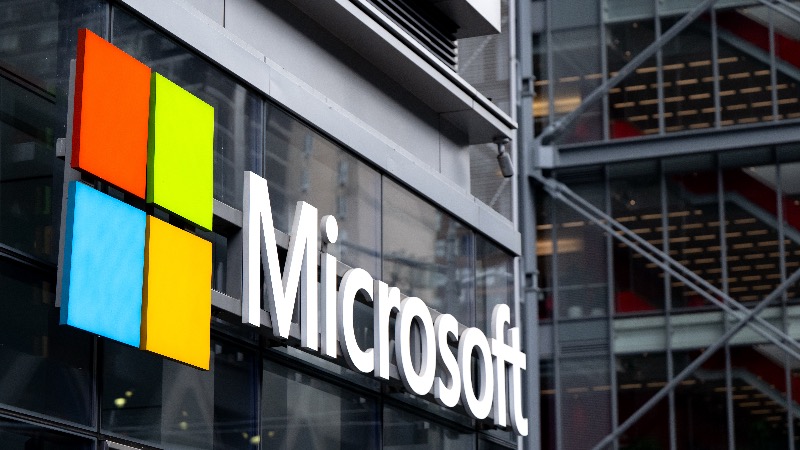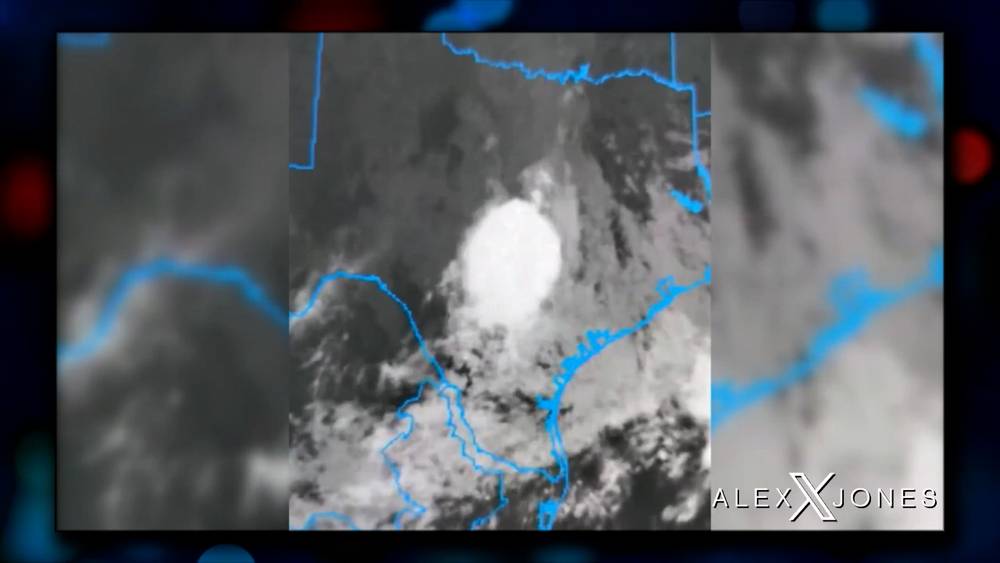 Image Credit: picture alliance / Contributor / Getty
Image Credit: picture alliance / Contributor / Getty Microsoft has unexpectedly shut down the option to purchase movies and TV shows through its Xbox and Windows storefronts, leaving users with no opportunity to prepare for the change.
The removal took effect immediately and was first noticed when Microsoft quietly updated a Q&A page that confirmed the discontinuation. Users can still access media they previously bought and continue using their consoles for playback of owned titles, including physical formats like DVDs and Blu-rays. However, there is no longer a way to expand digital collections, transfer purchases to other ecosystems, or seek compensation for lost buying opportunities.
Despite the removal of content, visual remnants of the store remain. The Movies & TV tabs are still visible on Xbox, although they now lead to empty sections. These are likely placeholders until a future system update removes them entirely.
Microsoft has not issued a detailed explanation for the decision. Still, it arrives during a period when streaming services such as Disney Plus, Prime Video, and Netflix dominate how consumers access media, reducing demand for digital ownership through storefronts like Microsoft’s.
Responding to the abrupt change, Microsoft pointed customers toward third-party vendors, stating, “The Xbox and Microsoft Store on Windows have other entertainment services that offer the latest home entertainment releases. The following transactional services are available today: Amazon Prime Video, Apple TV, and Fandango at Home, among others.”

Although Microsoft’s digital storefront was never a major player in the movie and TV market, the manner in which this transition occurred has raised questions.
Although Microsoft has assured users they can continue watching films and TV shows they’ve already purchased, the sudden halt to new sales has reignited long-standing concerns about the reliability of digital “ownership.”
The company’s decision to cut off purchases without warning brings to the forefront a fundamental issue with digital media: access is ultimately controlled by the platform, not the buyer.
While current libraries remain viewable, there’s no guarantee they will stay that way indefinitely. If services change, licenses expire, or platforms shut down, users could find themselves locked out of the very content they thought they owned.
This shift serves as a stark reminder of how digital purchases differ from physical media. A DVD or Blu-ray can be watched at any time, regardless of a company’s future policies or server status. By contrast, digital collections rely entirely on the infrastructure and continued support of the vendor, leaving users vulnerable to sudden disruptions.
As more entertainment shifts to streaming and cloud-based systems, consumers are left navigating a scenario where permanence is no longer promised, and “ownership” may mean little more than temporary access.


